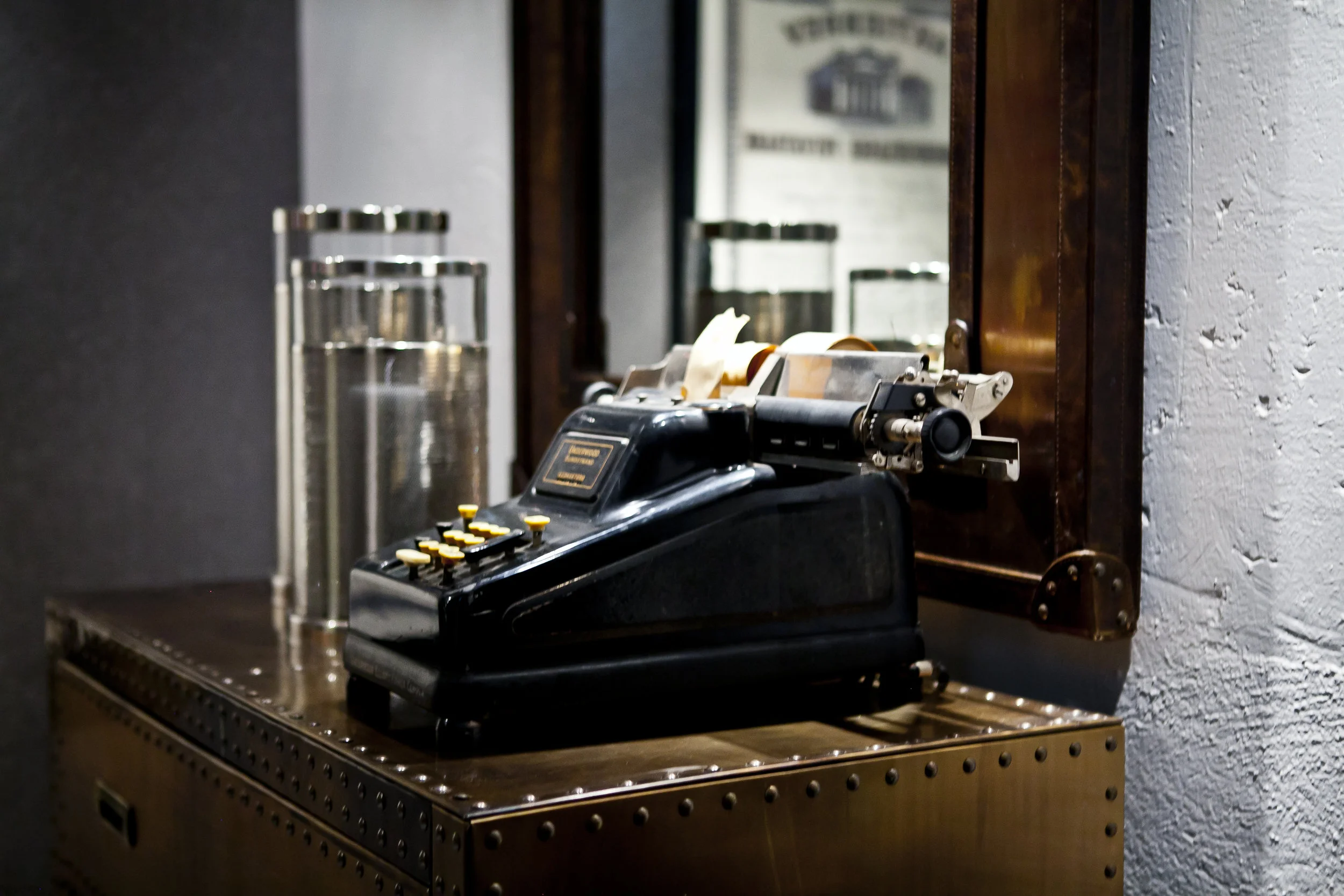RFID: Make sales your second screen
One of the fermenting trends in technology is the concept of second screen marketing, which sounds like something a marketing exec made-up after one too many Martinis at a Las Vegas conference. The truth is, that this new development is one that you are probably already experiencing. Do you work on your laptop while episodes of "Bob's Burgers" blare on your TV? Then you are experiencing the second screen, my friend.
Why is this important? Why does it matter? When can I watch the rest of the 6th season of "Archer"? The reason this is important to you as a brand is that almost every situation is now on the second screen.
You're on your phone while shopping, checking out a video on a table-top entertainment system at Chili's, or stumbling around the park looking for those last few Pokemon. I know what your thinking, "I only count one screen in these situations," which is true unless you remember that reality is the original first screen.
How do you make the mindless shambling of millions of Americans turn into revenue? Let me introduce you to my good friend, RFID (Radio-frequency Identification). This technology uses electromagnetic fields to find and track chips that store information relative to their location and description. These chips can be put in anything: clothing, wearables, posters, etc., making their versatility only limited by your imagination.
How do I tie these two ideas together? Let's take a look at Michael's Craft Store®. They have 1,145 stores nationally and a strong online presence. This store is perfect for the RFID revolution. Michael's benefits from online crafting blogs and social media sites such as Pinterest. These sites help drive purchase intent towards Michael's Craft Stores both in-person and online. We can harness this intent by developing a mobile app that reads RFID signals from tagged products in the Michael's store and ties to crafting projects.
In order to truly engage our consumers the app would need to accomplish the following:
- Be able to read RFID tag information
- Find a GPS location of the product, and then give turn-by-turn locations to the product
- Feature a library with the most popular crafting projects
- Each crafting project should have a tutorial video, that attaches both to the project and to the product
- Provide locations for products within the crafting projects
- Create shopping lists
- Have crafting information that links each product to its possible uses or crafting products in the library
- Allow users to purchase items online through the app
- Tie into popular payment apps such as Apple Pay® and Google Wallet® to allow for online purchasing
- Allow in-store push button purchases with RFID readers near the register.
This is the point where most people start to hyper-ventilate from the perceived cost, however, RFID when just being used as an inventory system can increase sales 4% - 10% (American Apparel saw a 14% increase), reduce shrinkage by up to 10% and reduce labor costs associated with taking inventory. That's all without a single dollar being spent on marketing or on app development. If you tie that in, you are looking at a definite increase in consumer engagement and product sales.
The moral of the story here is that you can create the kind of innovative brand experiences people expect from national chains and make real gains in operational costs. The only question is, why aren't you doing this already?

